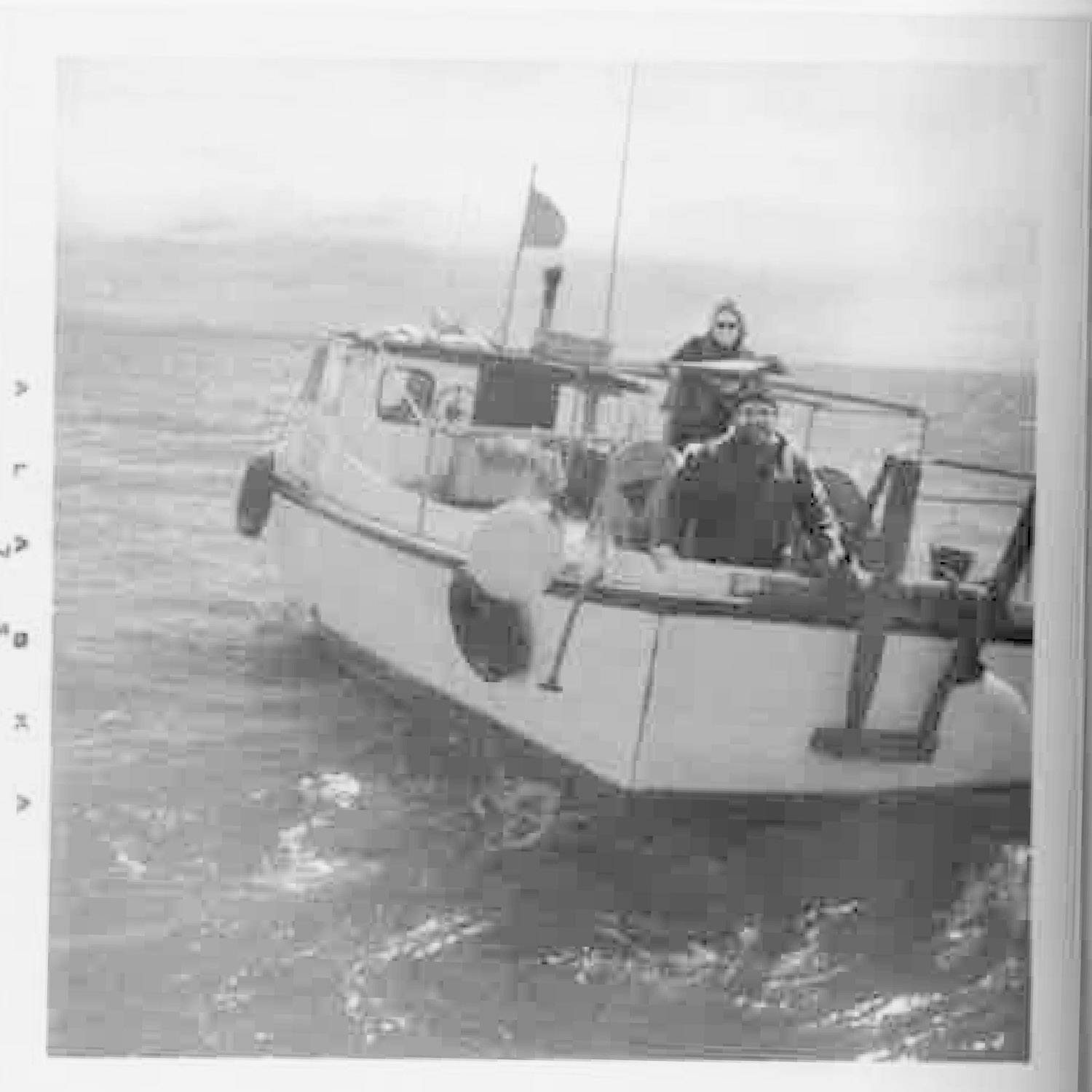Editor’s note: This story has been corrected to show that Jackie Pels will speak at the Kenai Historical Society’s meeting at 1 p.m.
Every place we walk today is the stage for someone else’s memories. What is an ordinary view of Cook Inlet, the Kenai River and its swath of commercial fishing docks and canneries to a Kenai resident today was the beginning of a 50-year story for David Leuthe.
Though he never lived in Alaska, he was innately connected to Kenai after his first summer working in the Kenai Packers cannery in 1960. For decades afterward, he returned again and again, largely to commercially fish in Cook Inlet. In the fall, he’d return to La Crosse, Wisconsin, where he taught high school.
He began writing about his time in Alaska in snippets, beginning with his first trip to Juneau in 1959, collecting them with the intention of publishing a memoir. However, he died in 2015 before he could see the project finished.
His wife, Lynne, saw it through. “The 50-Year Summer” was published in January 2018.
“He was just writing it because he wanted to write it, although he was in contact with the historical society in Kenai,” she said. “I don’t think he planned for the end. He was going to write the whole 50 years, through the oil spill and everything. That’s what he wanted to do; he wanted to finish it.”
Though Lynne shares many of the memories in the book — she fished Cook Inlet with David on their drift gillnet vessel, the F/V Lynne Marie, for many of those summers and returned on others as visitors — it’s entirely David’s writing and memories. She and editor Jackie Pels chose not to add any more, though David only wrote up through 1971.
“The 50-Year Summer” follows David through his various jobs in the canneries, documenting Kenai in the early oil boom days from the eyes of a temporary summer worker who became a regular on the docks for years. Some longtime residents — cannery owner Harold Daubenspeck, Kenai activist and historian Jettie Petersen and homesteader and fisherman Waldo Coyle — make appearances in the book as David made his way toward becoming a fisherman in Cook Inlet.
Though he was professionally a teacher in Wisconsin, Alaska was always on his mind, Lynne said.
“We thought of himself as a fisherman,” she said. “He taught, he was a good teacher… he was crazy about Alaska, and he could not stay away from the fishing. He tried banking — he got into a training program, they were going to make him a bank manager. When spring came, he just had to leave, had to go to Alaska. When he was at the university of Washington in Seattle, he took the law exam he got into law school, but when summer came, he said, ‘Well, I’m going to Alaska.’”
She and Pels spent time editing the book, piecing it together and hunting down photos for it. Scattered throughout the book are historical photos, both from the Leuthes’ collection and from other community members.
On Thursday, Lynne will hold a book signing at the Kenai Senior Center from 10 p.m. – 5 p.m. and Pels will speak at the Kenai Visitors and Cultural Center on Saturday at 1 p.m. Two local bookstores — River City Books in Soldotna and Homer Bookstore in Homer — have copies of the book as well, Lynne said. As well as being a memoir, it’s local history, she said.
Her own memories are tied up with the area, too. After falling in the hold of their fishing vessel in 1971, she was taken to the then brand-new Central Peninsula Hospital and booked as the fourth patient, she said. She remembers Snug Harbor, once a vibrant commercial fishing center on the western side of Cook Inlet, fondly for the nights they spent docked there and the clouds of birds that frequented the area. Today, Snug Harbor is a historical site within Lake Clark National Park and Preserve.
But upon first thought of Kenai, one of the first things she thinks of is Old Town.
“I think of Paradiso’s, and the old (Russian Orthodox) church, and looking out over the water,” she said. “We came back as tourists later on, and we stayed in some of those places right on the bluff overlooking the river, watched all the birds and the eagles. I have a warm feeling when I think about it … It was very hard for me to come back without him.”
Sixty years ago, David looked out across the inlet from the same spot near the church for the first time. He thought of it again in 2008, on one of his and Lynne’s visits to Kenai, according to the book.
“I was remembering the area as it looked in 1960, with no Veronica’s, no tidy picket fence around the chapel, no tourists and no well-groomed grass,” he wrote. “What grass grew there then was knee-high and bowling in the wind off the Inlet. The whole place was shaggier, wilder, lonelier than it is now.”
Reach Elizabeth Earl at eearl@peninsulaclarion.com.

